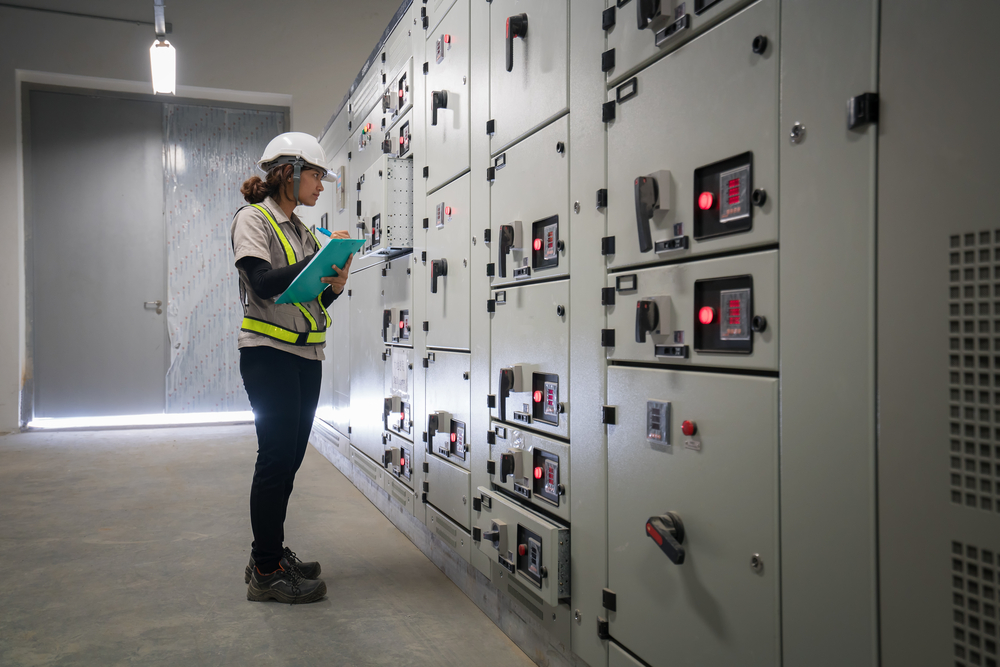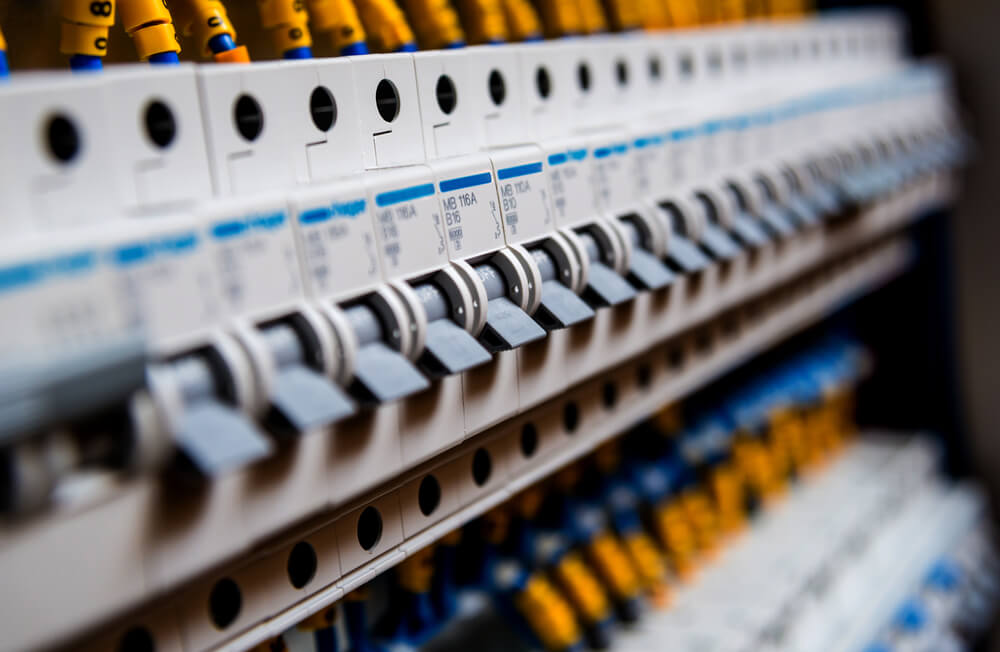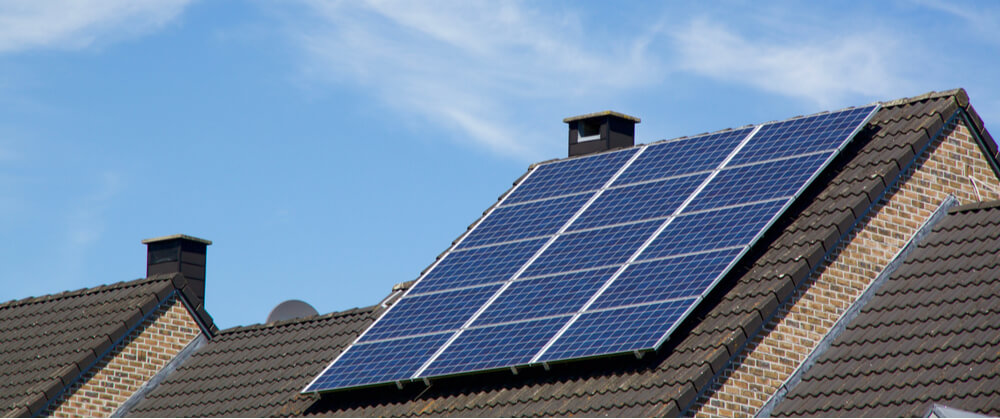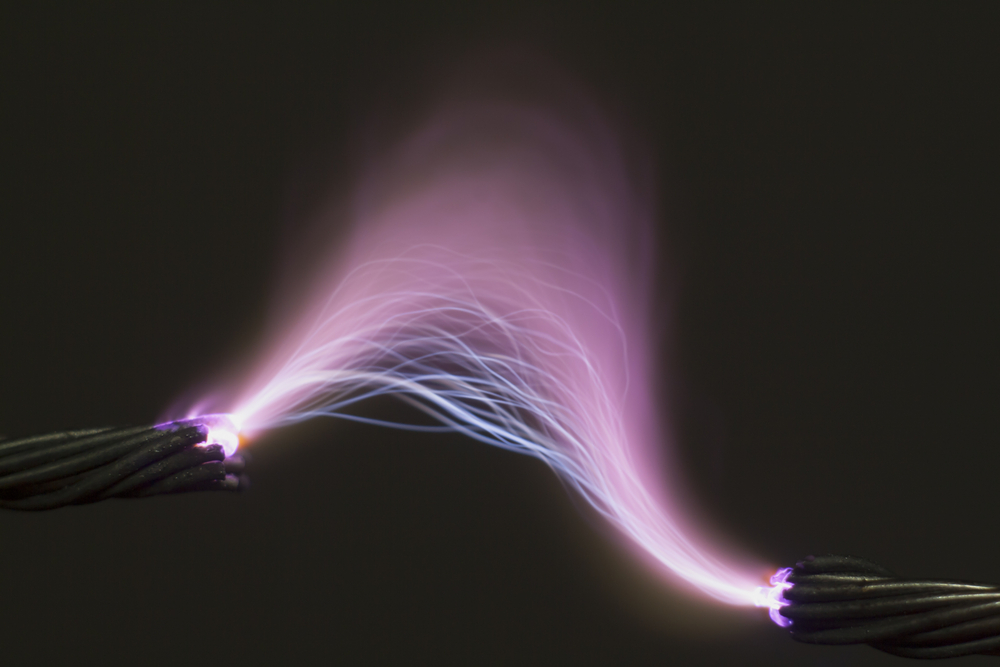Amendment 2, explained!
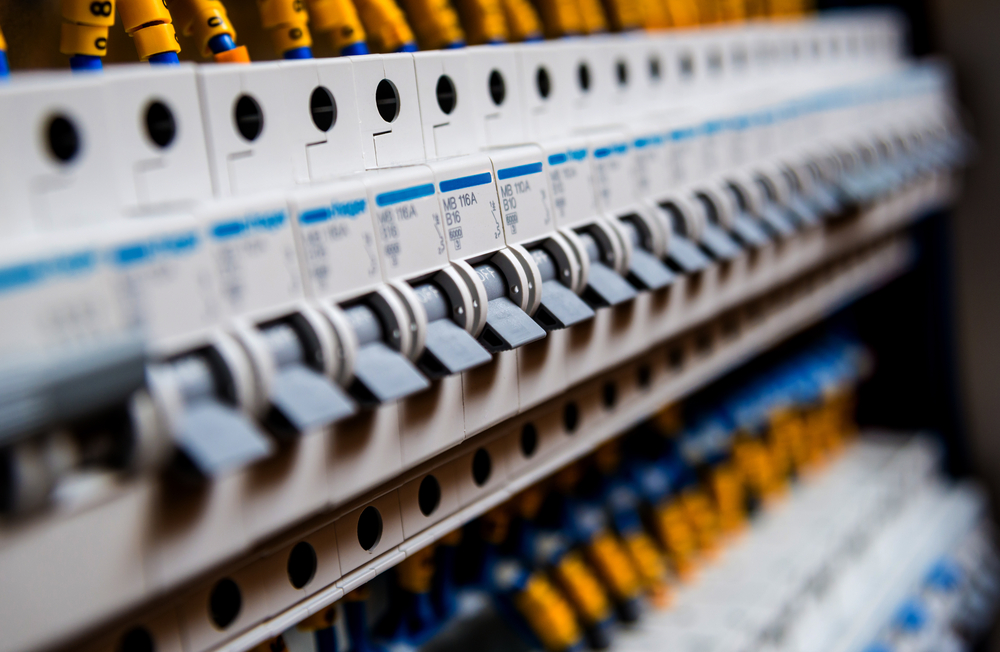
There have been major events and changes since the release of the 18th Edition Wiring Regulations.
Since the ubiquitous ‘blue book’ was published in 2018, the electrical contracting industry has encountered Brexit, COVID and material shortages, Building Safety legislation and various green technology and other opportunities. Some of these have shaped the way we look at and think about electrical installations today.
On 28 March 2022, the second Amendment to the 18th Edition was released. The new book (brown this time) is filled with important updates that electrical contractors need to know about.
There have long been 7 Parts to BS 7671. Not anymore!
Here we shall look at a few of the major changes in BS 7671:2018+A2:2022 (from now, referred to as Amendment 2).
Join us on the ECA Roadshow!
This is just a flavour of the changes in Amendment 2.
From 29 March until 12 May, ECA’s Technical Team will travel the length and breadth of the UK delivering live, exclusive CPD-certified events to Members, explaining what these will mean for electrical businesses.
There will also be ongoing opportunities to ask questions, interact with ECA staff and meet our industry sponsors.
ECA Members can find a date and venue, and book their place at www.eca.co.uk/project18-roadshow
Implementation and information
The last update to the Wiring Regulations (Amendment 1, updating the requirements around electric vehicle charging installations) will be withdrawn on 27 September 2022. Any new work from this date must conform to the new Amendment 2.
Some of the wording has also been clarified. For example, some readers took the word ‘recommended’ to mean ‘mandatory’. This has been made clearer throughout, and should now be easier to understand.
RCD risk assessments
These updated requirements relate to Regulation 411.3.3 – RCDs and socket outlets. Previous Editions allowed building owners to omit RCDs in some cases where a risk assessment had been done.
This is still an option, but the requirements have been tightened up. Amendment 2 now insists that an RCD must be provided where children or disabled persons are present, regardless of whether a risk assessment has been done.
Amendment 2 introduces a new phrase: protected escape route
Additional earth electrodes
Some new wording has been added to Regulation 411.4.2 recommending that an additional connection to earth, by means of an electrode, is provided to PME earthing systems. As mentioned earlier, the word ‘recommended’ is key here. This is just one option, and not mandatory.
The existing Regulation 114.1 still remains and says that where a supply is given in accordance with the Electricity Safety, Quality and Continuity Regulations (ESQCR), it shall be deemed that the connection between earth and neutral is permeant.
Arc fault detection devices
Readers may remember that previous drafts for public comment suggested requirements for more AFDDs. While Amendment 2 has increased the use of these products, it isn’t to the extent that we have seen in the drafts.
AFDDs are now mandatory for circuits supplying socket-outlets with a rated current not exceeding 32 A in:
- Higher risk residential buildings (HRRBs)
- Homes in multiple occupation (HMOs)
- Purpose built student accommodation
- Care homes
This clarifies the specific locations where AFDDs are required. Of course, this does not restrict their uses in other locations. That is up to the designer, but it is worth noting that some limitations do remain regarding AFDDs. For instance, they are single-phase only and may require a minimum load to function correctly.
This is a big change for designers and installers working with Solar PV systems
Protected escape routes
Amendment 2 introduces a new phrase: protected escape route. Previous editions of BS 7671 referred to escape routes, although this led to confusion and the question, “what is an escape route?”
Amendment 2, Regulation 442.1 addresses this by defining a protected escape route as a route designed to be protected against fire for a specified period. During a fire, almost anything is an escape route. But a protected escape route is designed by a suitably skilled fire engineer or architect to last longer than a standard corridor.
Protection against overvoltages
For many years now, we have seen an increase in the use of surge protection devices (SPDs) in the UK. But some of this uptake was caused by confusion about when SPDs should be used.
Regulation 443.4.1 is now much clearer and states that protection against transient overvoltages shall be provided where the consequences of an overvoltage could result in:
- Serious injury or loss of human life
- Failure of a safety service (such as sprinklers or smoke alarms)
- Significant financial or data loss
In other cases, protection shall be provided (there’s that word shall again) unless the owner declares they are not required, and the risk is deemed tolerable by the installer.
Bonding of outbuildings
It is worth noting that some limitations do remain regarding AFDDs
A slight, but important, update has been made to Regulation 544.1.1, relating to bonding of outbuildings.
Now, any outbuilding on a TN-S or TT earthing system can be bonded in accordance with the incoming cable protective conductor related to that building. Previous Editions required the designer to consider the bonding from the main building, which is still the case for TN-C-S systems.
This update gives designers the flexibility to preserve materials, whilst also meeting the requirements of the Standard.
Solar PV systems
Section 712 has undergone a complete re-write for Amendment 2 and has grown from 5 to 14 pages! With a lot more detail, new requirements and updated design criteria, this is a big change for designers and installers working with Solar PV systems.
Prosumer electrical installations
Most of us will recall that there have long been 7 Parts to BS 7671. Not anymore! Part 8 is here, and it deals with prosumer electrical installations. A prosumer is someone who both produces and consumes electrical energy. This is becoming more common now, and demand is only set to rise. Part 8 gives designers the tools they need to consider the future, now.
Certification
A welcome update here for those who must complete electrical installation certificates. The schedule of inspections has reduced from several A4 pages’ worth of checks and boxes, to 14 simpler tick boxes.
There is of course still a requirement to inspect, and the information is still held in BS 7671. But now, there is no need to complete multiple forms to confirm whether each element has been inspected or is not applicable.
The schedule of inspection remains for those all-important electrical installation condition reports.
You can learn much more about AMD2 at our forthcoming Roadshows and in an ongoing series of articles, videos and podcasts available at www.ECAtoday.co.uk.
Are you up to date with ECAtoday?
ECAtoday is the official online magazine of ECA and reaches thousands of people within the electrotechnical and engineering services industry.







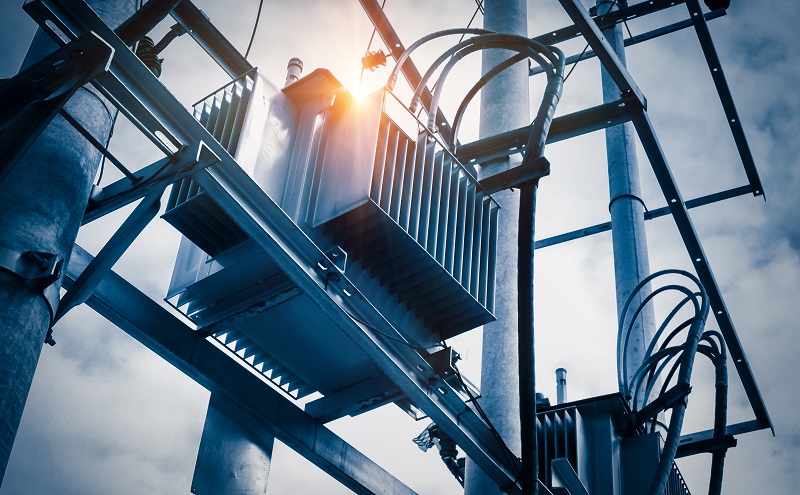

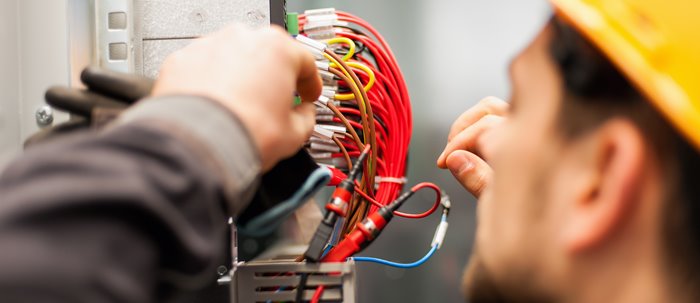
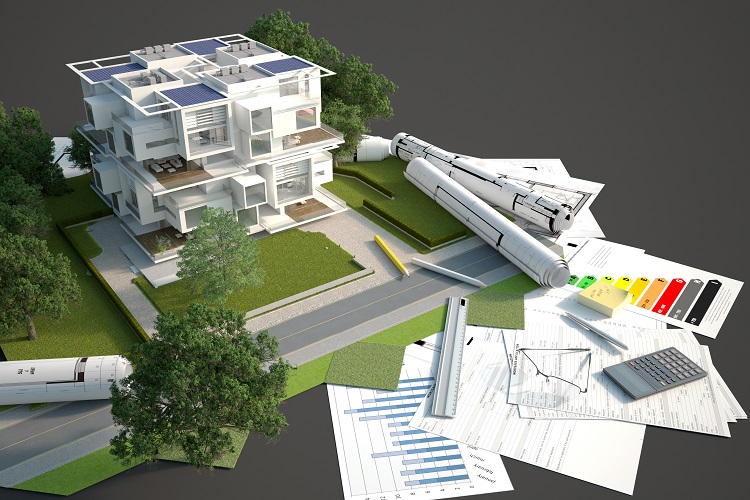
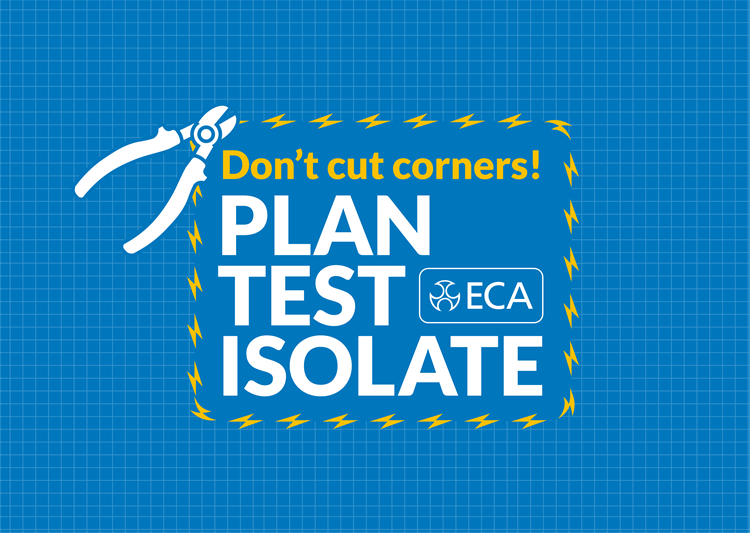

.jpg?width=1000&height=667&ext=.jpg)
